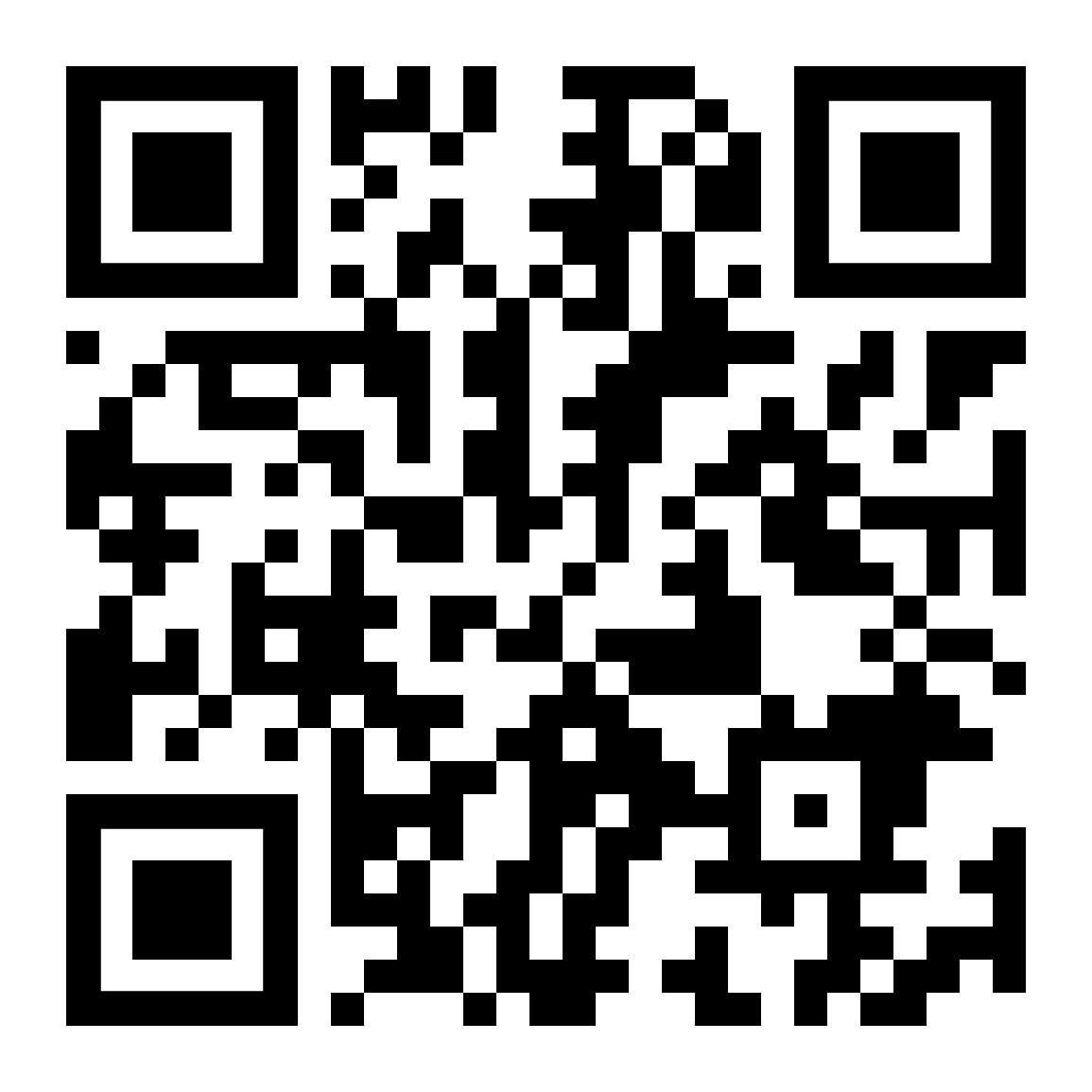Treatments
SW Florida’s most experienced source for MILD (minimally-invasive disc decompression), a 15-min. outpatient procedure for long-term relief of Spinal Stenosis pain.
“All I was able to do was sit in a recliner; I was just existing. He saved my life.”
Margie, Patient of Dr. Jonathan Daitch
“Dr. Daitch knew exactly where to inject the medicine. That had not happened before. I’m back at the gym. I’m lifting weights and getting stronger. He did that for my back and for my neck and for my hip.”
Susan, Patient of Dr. Jonathan Daitch
An Advanced Approach To Relieving Pain Non-Surgically
Dr. Daitch offers the most advanced techniques and technology in modern pain relief. To address and resolve pain at its source, Advanced Pain Management & Spine Specialists (APMSS) features the latest in non-surgical (or minimally-invasive) spine treatment, including…
Back Pain
- InSpan – placement of a minimally invasive interspinous fusion device to create room in the spinal canal to take pressure off pinched nerve roots, relieve spinal stenosis, and stabilize the spine.
- FacetFuse – placement of minimally invasive screws through the facet joints to stabilize spinal slippage that are the source of instability and back pain.
- Facet Joint Injection – Steroid and local anesthetic are injected under fluoroscopic guidance toward the degenerated joint to diagnose and relieve pain caused by degeneration and arthritic inflammation.
- Intracept – provides long-term relief for chronic back pain by blocking pain signals coming from the nerve in the vertebrae Learn more
- VIA DISC (for Discogenic low back pain) Low back pain from degenerative disc disease can have a debilitating impact on people’s lives. Painful disc degeneration occurs when the cushion within vertebral discs wears down, and is identified on MRI. Via Disc is a new procedure that can regenerate the cushioning substance of these painful discs.
In Via Disc, a biologically-compatible substance is injected through a small needle while the patient is comfortably sedated. The Via Disc procedure can provide new hope for patients with long-standing severe low back pain. One year after treatment, most patients reported over 50% reduction in pain and improved mobility. It is available to patients with Medicare and certain other insurances. Learn more - Disc Fx – Minimally-invasive procedure to relieve pain from lumbar disc herniations that have not responded to conservative treatment including lower back pain or pain radiating down the leg accompanied by some lower back pain.
(tap for brochure or for video) - Radiofrequency Ablation – For long term alleviation of low back or neck pain from facet joint arthritis. This procedure works by heating the nerve to “short-circuit” the pain signal. Relief can last for a year or longer.
- Sacroiliac Injection – Inflammation of the joints on both sides of the spine where it joins the pelvis can cause low back pain. Steroid and local anesthetic are injected under fluoroscopic guidance* to diagnose and alleviate the pain.
- Sacroiliac (SI) Fusion – For long-term relief of pain emanating from the SI joints, SI Fusion offers a minimally-invasive procedure that will likely resolve the majority of the pain. With the patient comfortably sedated, SI Fusion takes about 20 minutes with an incision that is less than an inch. Most patients experience marked relief in the first week with full anticipated relief in 2 – 3 months.
Sciatica
- InSpan – placement of a minimally invasive interspinous fusion device to create room in the spinal canal to take pressure off pinched nerve roots, relieve spinal stenosis, and stabilize the spine.
- Epidural Steroid Injections – Local anesthetic and steroid are injected under fluoroscopic guidance to treat persistent sciatica and nerve root pain.
- Selective Nerve Root Injections – Local anesthetic and steroid are injected under fluoroscopic guidance along the exiting spinal nerve root to treat sciatic pain emanating from the nerve root.
- Percutaneous Disc Decompression – By removing a small amount of disc material, pressure on the nerve root is alleviated through this minimally invasive procedure. This is beneficial for patients who have not experienced adequate relief from epidural or nerve root injections but do not need open spinal surgery.
Lumbar Spinal Stenosis
- InSpan – placement of a minimally invasive interspinous fusion device to create room in the spinal canal to take pressure off pinched nerve roots, relieve spinal stenosis, and stabilize the spine.
- Epidural Steroid Injections – Local anesthetic and steroid are injected under fluoroscopic guidance to treat persistent sciatica and lower back pain with ambulation.
- MINUTEMAN – Through a 1-inch incision, this minimally-invasive procedure inserts a spacer that provides relief for lumbar spinal stenosis (LSS). There is no cutting through muscles or bone and is performed in less than an hour, with the patient returning home the same day. It is ideal for people who want to avoid spinal fusion.
- Minimally Invasive Lumbar Decompression (MILD) – This procedure removes excess ligament that is causing narrowing in the spinal canal. By creating more room, our skilled Doctors can relieve pressure and reduce sciatica pain.
(Tap here to learn more about MILD)
Neck Pain
- Cervical Facet Joint Injection – Steroid and local anesthetic are injected under fluoroscopic guidance* to treat neck pain emanating from these joints.
- Cervical Radiofrequency – To alleviate neck pain, this procedure works by heating the nerve to “short-circuit” the pain signal. Relief can last for a year or longer.
- Cervical Epidural Steroid Injection – Local anesthetic and steroid are injected under fluoroscopic guidance to treat persistent neck and radiating arm pain caused by pressure on nerve roots.
Spinal Fractures
- Kyphoplasty – A spinal fracture can cause extreme pain. Using fluoroscopic guidance*, our Doctors can inject a medical grade epoxy cement that hardens into the fracture for rapid pain relief.
- Sacroplasty – Similarly, cement can be injected into a fractured sacrum to minimize this pain.
“He’s been able to take care of my problems without narcotics, and I really like that.”
Bruce, Patient of Dr. Jonathan Daitch
POST-SURGICAL PAIN
- Selective Nerve Root Injection – Local anesthetic and steroid are injected under fluoroscopic guidance along the exiting spinal nerve root to treat sciatica.
- Spinal Cord Stimulation – Scar tissue that forms after back surgery can cause leg and back pain. To reduce the pain, a spinal cord stimulator can be implanted.
CANCER PAIN & OTHER UNRESPONSIVE PAIN
- Spinal Infusion Pump – Cancer pain that is unresponsive to other medications and treatments can be more comfortable and have better pain control with this implant that dispenses morphine or Prialt directly into the spinal canal.
- Spinal Cord Stimulation – Scar tissue that forms after back surgery can cause leg and back pain. To reduce the pain, a spinal cord stimulator can be implanted.
SHINGLES
- Selective Nerve Root or Epidural Injections – Local anesthetic and steroid are injected under fluoroscopic guidance along the exiting spinal nerve root to treat sciatica.
- Peripheral Nerve Block – When inflammation causes nerve pain, the pain signal can be alleviated by injecting steroids under fluoroscopic guidance.
HEADACHES
- Peripheral Nerve Block – When inflammation causes nerve pain, the pain signal can be alleviated by injecting steroids under fluoroscopic guidance.
- Cervical Facet Injection – Steroid and local anesthetic are injected under fluoroscopic guidance* to treat lower back pain or neck pain emanating from these joints.
- Cervical Radiofrequency – To alleviate some back or neck pain, this procedure works by heating the nerve to “short-circuit” the pain signal. Relief can last for a year or more.
- Sphenopalatine Ganglion Block – This simple nasal squirt can block nerves causing headaches and facial pain.
- Botox Injections – The injections of Botox relax muscles associated with severe pain. It can relieve headaches due to chronic daily migraines
NERVE PAIN, PERIPHERAL NEUROPATHY, NEURALGIAS
- Peripheral Nerve Stimulator – Treats many types of pain with direct stimulation of the nerves transmitting pain signals. By altering the pain signal, PNS can markedly diminish pain and is effective in treating many types pain (including nerve and neuropathy pain; knee and shoulder arthritis pain; post-surgical low back pain; post-surgical knee pain; and, foot and ankle pain).
- Peripheral Nerve Block – When inflammation causes nerve pain, the pain signal can be alleviated by injecting steroids under fluoroscopic guidance.
- Spinal Cord Stimulation – This is used to treat persistent pain emanating from injured nerves or peripheral neuropathy. To reduce the pain, a spinal cord stimulator can be implanted to alter the pain signal.
- Stellate Ganglion Blocks – This is done under ultrasound guidance and can treat pain with a sympathetic nerve component

Hear What Patients Say
MILD (Minimally-Invasive Lumbar Decompression)
John Shares Experience MILD Procedure VideoMinuteman
Burt Shares Experience Terri Shares Experience Carol Shares ExperienceMinuteMan/MILD
Tony Shares Experience Evelyn Shares ExperienceInSpan
Christine Shares Experience Peter Shares Experience Reuben Shares ExperienceInSpan/Facet Fuse
Sharon Shares ExperienceFacetFuse
Maria Shares ExperienceIntracept Procedure
Butch Shares Experience David Shares Experience Intracept Procedure Video (Kourtney) Intracept Procedure Video (James) Heather Shares Experience Marie Shares Experience Bobby Shares Experience Margaret Shares ExperienceSI Fusion Procedure
Deborah Shares Experience Jeff Shares Experience Beverly Shares Experience Carole Shares Experience Marilyn Shares ExperienceSacroplasty Procedure
Joyce InterviewINJECTIONS
Rebecca Shares ExperienceVia Disc
Jim Shares Experience*Fluoroscopic Guidance: Unlike an x-ray, a fluoroscope shows detailed internal structures in ‘real time’ so the physician can see the precise site of inflammation or damage. This is beneficial for diagnosis, treatment, and image-guided procedures.
“Every pain has an origination source. And, the anatomy of every person is unique so there is no cookie cutter approach to treatment. We know how to hone in on most pain triggers so it can be addressed at that point. Rather than masking pain with pills, we can significantly ease or eliminate it for months or even years.”
Jonathan S. Daitch, MD
